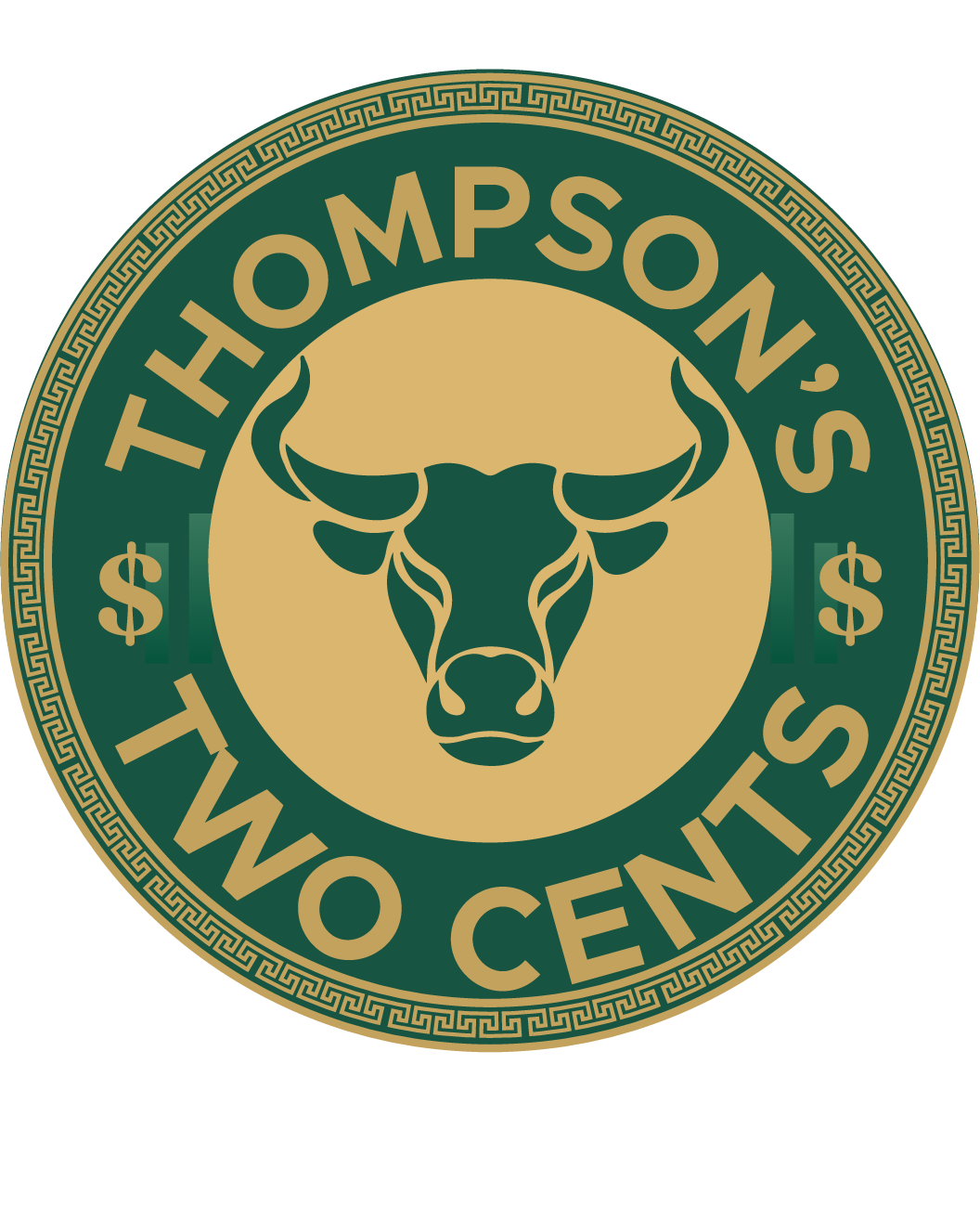
Larry Thompson delivers timeless trading lessons and market wisdom in quick daily notes.
Trade Smarter With Larry’s Take
Thompson’s Two Cents offers concise market wisdom, timeless trading lessons, and chart-driven perspective you can trust.

Thompson’s Two Cents offers concise market wisdom, timeless trading lessons, and chart-driven perspective you can trust.